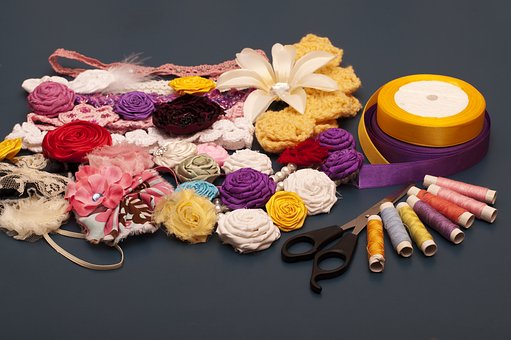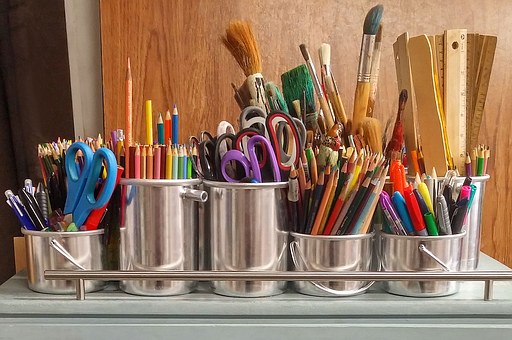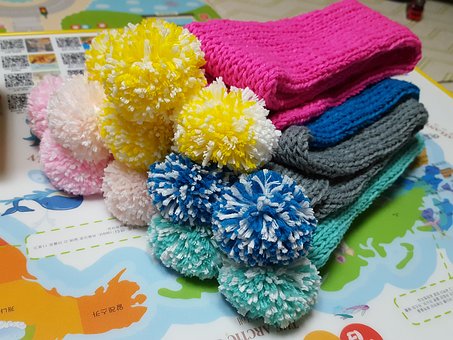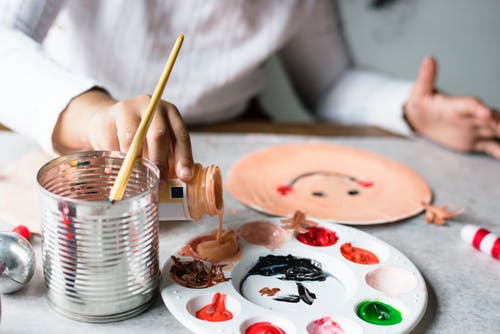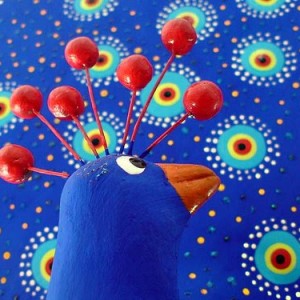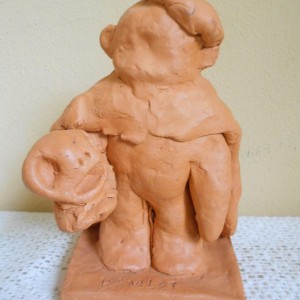Doing arts and crafts with your kids is always messy. Just take it easy! But if it makes you stressed and uncomfortable, use butcher paper or newsprint to cover surfaces and to catch drops of glue and bits of glitter and paper. Use materials, like markers, adhesive, that are washable. Then take a relax. When you and your kids are finished, roll the butcher paper or newsprint up and easily discard the mess. Don’t present your kids any firm examples of the result of crafting. You should present various options, so your kids can use their imagination to create. Their idea is more important than how they execute it. Choose crafts which are suitable for your kids’ age, capability, and strengths. If the crafts are complicated, break them into steps and just introduce which ones your kids can do. You don’t need to keep your kids’ crafts forever. Crafts take
